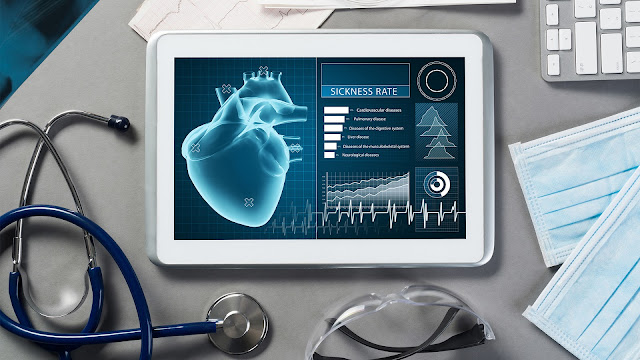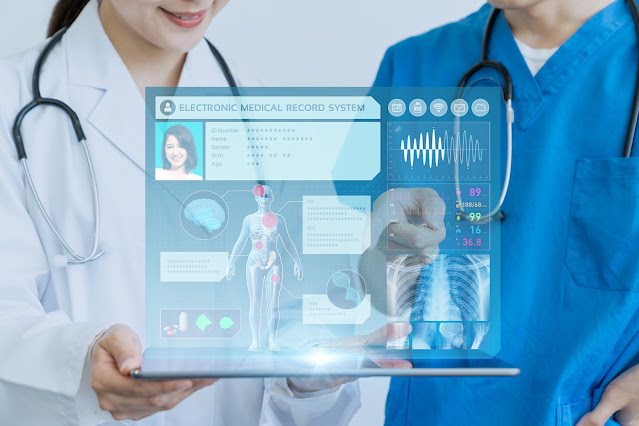Importance of Post-Market Surveillance in the Medical Device Vigilance Market

Medical Device Vigilance Market
Post-market surveillance is a critical component of the medical device vigilance market, playing a pivotal role in ensuring the ongoing safety and effectiveness of medical devices once they are available to patients and healthcare providers. It involves the systematic monitoring and evaluation of medical devices' performance, adverse events, and safety concerns after they have been approved and are in widespread use.
The
importance of post-market surveillance in the medical device industry cannot be
overstated. Here are some key reasons why it is crucial:
1.
Identifying Adverse Events: Post-market surveillance allows for the timely
identification of adverse events, including unexpected side effects, device
malfunctions, and other safety issues. By collecting and analyzing real-world
data from patients and healthcare professionals, potential safety concerns can
be detected, investigated, and addressed promptly. This helps prevent further
harm to patients and allows for swift corrective actions if necessary, such as
issuing safety alerts or recalls.
2.
Monitoring Device Performance: Post-market surveillance provides valuable
insights into how medical devices perform in real-world conditions. This data
helps manufacturers assess the long-term performance of their products,
identify potential design flaws or improvements, and refine their devices based
on actual user experiences. Monitoring device performance also helps healthcare
providers make informed decisions about which devices are best suited for their
patients' needs.
3. Enhancing
Regulatory Compliance: Regulatory authorities require medical device
manufacturers to conduct Medical
Device Vigilance Market surveillance as
part of their regulatory obligations. Compliance with post-market surveillance
requirements is essential for maintaining regulatory approvals and market
access. Failure to comply with surveillance obligations can result in
regulatory actions, including fines or product recalls, which can significantly
impact a manufacturer's reputation and market position.
4.
Supporting Evidence-Based Decision Making: Post-market surveillance data
contributes to evidence-based decision-making in healthcare. It provides
valuable data for comparative effectiveness studies, allowing healthcare
providers to make informed choices about the most suitable medical devices for
their patients. The data also supports health technology assessments,
reimbursement decisions, and the development of clinical guidelines.
5. Fostering
Continuous Improvement: The insights gained from Medical
Device Vigilance Market surveillance enable continuous improvement in medical device design,
manufacturing, and post-market management. By monitoring performance and safety
over time, manufacturers can make iterative improvements to their devices and
implement changes that enhance patient outcomes and safety.
6. Promoting
Patient Safety: Ultimately, the primary purpose of post-market surveillance is
to promote patient safety. By actively monitoring devices in real-world
scenarios, any emerging safety concerns can be quickly identified and
mitigated. This proactive approach helps protect patients from potential risks
associated with medical devices and ensures that their health and well-being
are prioritized.
Post-market
surveillance is an indispensable part of the medical device vigilance market.
It is a vital tool for detecting and addressing adverse events, monitoring
device performance, and supporting evidence-based decision-making. By ensuring
ongoing safety and effectiveness, post-market surveillance plays a crucial role
in maintaining public trust in the medical device industry and, most importantly,
safeguarding patient health.



Comments
Post a Comment